Barceloneta is one of the most famous neighborhoods in Barcelona. Our BARCELONA & THE SEA tour explore the former fishermen’s town, forms an inseparable entity with the beach of the same name, and quite frankly, neither one could exist without the other.
This is Barceloneta—the modest, residential winter barrio that transforms into the city’s playground come summer. If its idyllic Mediterranean seascape is its main asset, it’s also a façade. A stone’s throw from the lively beach hangouts lies a complex, disputed neighbourhood undergoing profound change. For some locals, the seafront’s redevelopment has brought only fear and worry. The struggle to reconcile a rich culture and history with the imperatives of burgeoning tourism is symptomatic not only of Barcelona but of an entire class of modern cities.

Barceloneta was created in the 15th century. Until then, its triangular contours contained mostly seawater; the barrio was born when the island of Maians, little more than a reef, was linked up with the rest of the city in the construction of Barcelona’s first port. Over the subsequent centuries, natural sand deposits and re-construction enlarged the peninsula, and a fisherman’s shantytown sprang up, inaugurating an association with seafood which continues to this day.
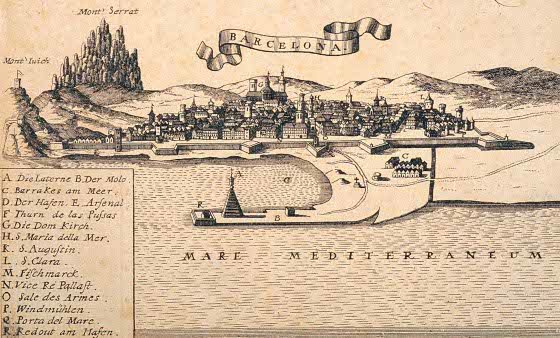
Later, in the 18th century, a significant engineering project was undertaken to accommodate inhabitants of La Ribera displaced by the construction of the Citadel—a star-shaped fortress built by Philip V following the 1714 siege of Barcelona, in order to maintain control over a city in turmoil. This expanded version of Barceloneta remained a largely working-class district that made its living from a modest fishing fleet. Eventually it would play host to a number of factories that gave it the industrial character it only recently shed, among them the important Maquinista Terrestre y Marítima, which fabricated all kinds of machinery and metalwork and once employed over 3,000 workers.
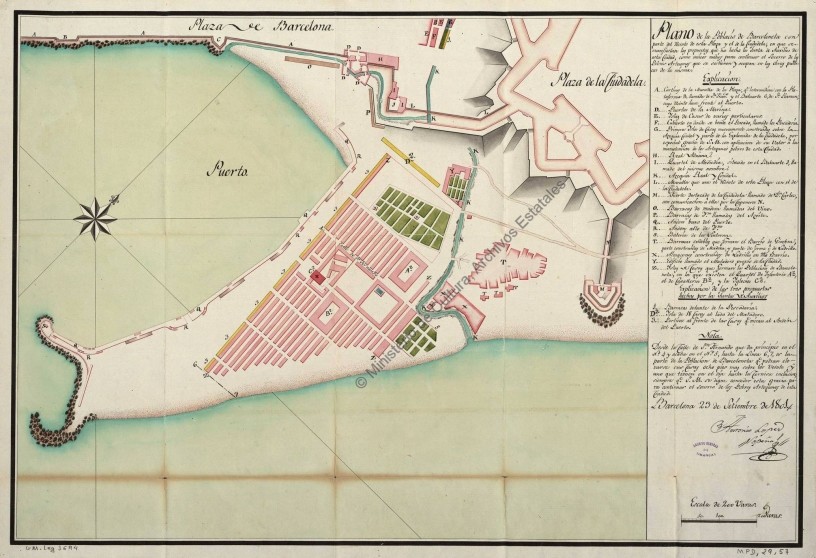
During the Civil War, the area suffered extensive damage during the air raids carried out between 1937 and 1939 at the hands of Franco’s fascist allies—a horror that presaged what was to come elsewhere in Europe throughout World War II. Targets of military significance—the great Maquinista complex among them—were spared destruction by the Italian pilots, who targeted civilian areas and circumvented the air-raid alarm system with continuous bombing waves. Reconstruction was slow and irregular.

The neighbourhood entered living memory in a precarious state. At the time, shantytowns, known as barracas, thronged the quarter’s perimeter, including the waterfront, and housed 20,000 people at their peak. The makeshift houses were frequently flooded by the sea. Despite lacking basic amenities, they formed self-contained districts with distinct histories and personalities; ‘Somorrostro’ was immortalised in Los Tarantos (1963), an Oscar-nominated film of flamenco dancers and gypsy singers. Today, the shantytown lives on as the name of one of the most frequented stretches of beach, over which Frank Gehry’s Peix d’Or sculpture presides.

The great change came with the 1992 Summer Olympics. Its organisers set in motion several large-scale projects that would make a lasting imprint on the city. In the run-up to the Olympics, the last of the shantytowns were cleared away, a promenade was built, palm trees replaced old-time xiringuitos (beach bars) made of rickety wood, and sand was imported from Egypt. The magnitude of this volte-face cannot be overstated. Barcelona was a city with its back to the ocean. Before the Olympics, it underwent many transformations—and the first was opening up to the sea.
The sculpture erected in honour of Barceloneta’s history and development, Homenatge a la Barceloneta by Rebecca Horn—also known as l’Estel Ferit (‘the Wounded Star’)—consists of four, large iron boxes piled up into a crooked tower, recalling the low-rise buildings of the 18th century, and the neighbourhood’s seafaring pas.
The intense conversation between Barcelona and the Mediterranean Sea has been always about how the quest for order; this concept of order is confronted by the obstinate reality of urban chaos, which is precisely what makes it all so interesting! Discover the history of Barcelona through its architecture with our BARCELONA & THE SEA walking tour.
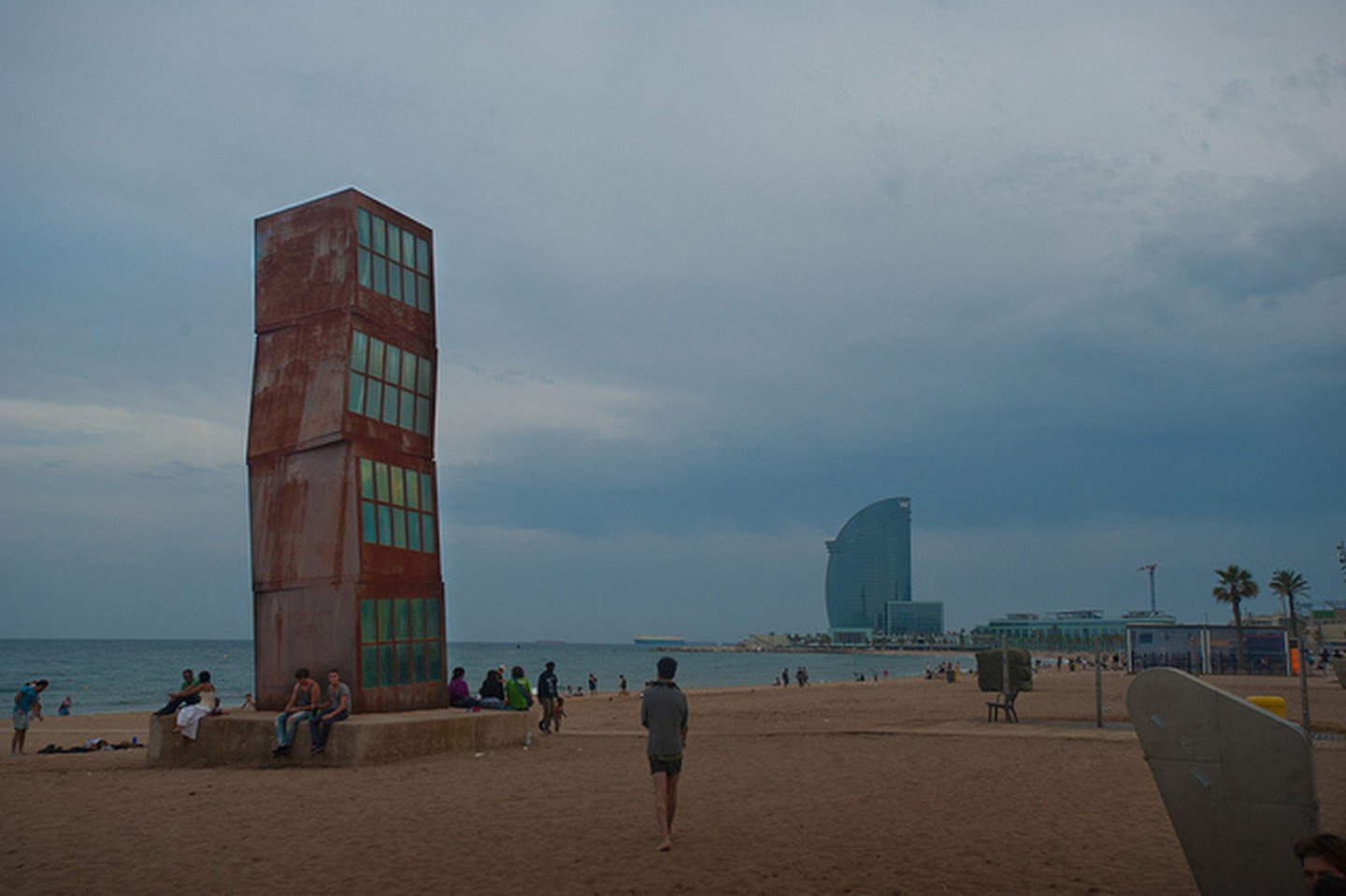
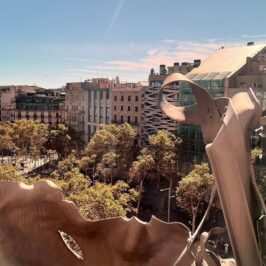

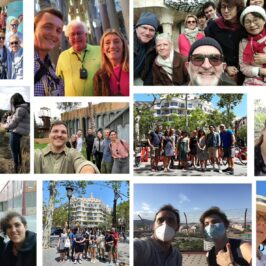


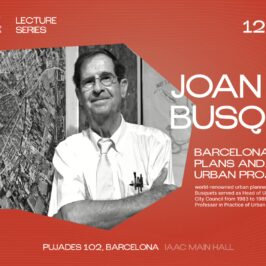



Leave a Reply